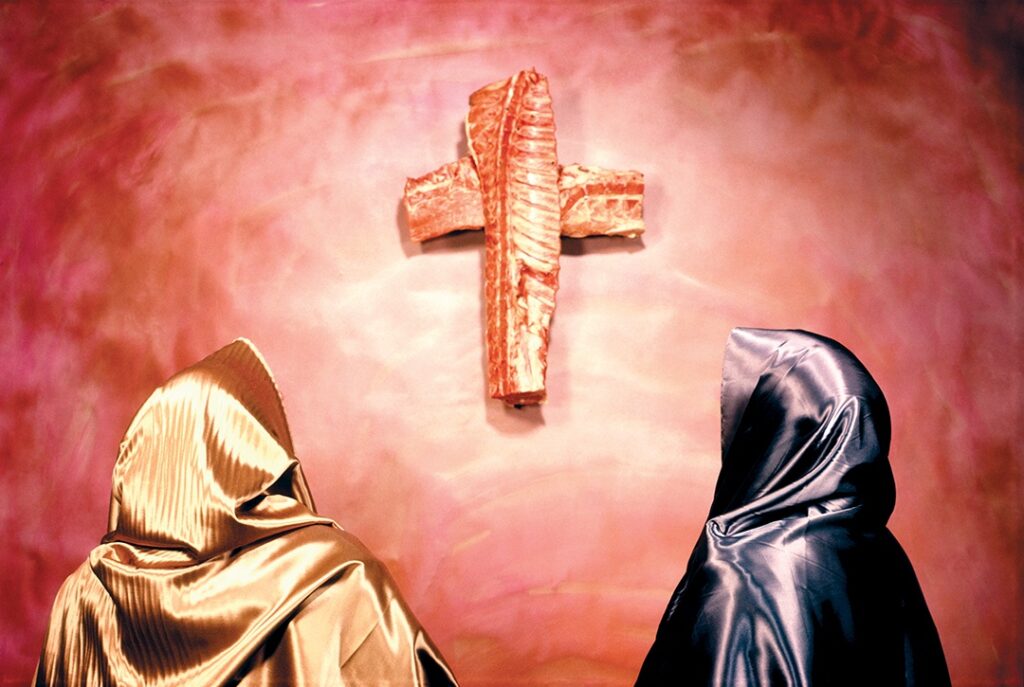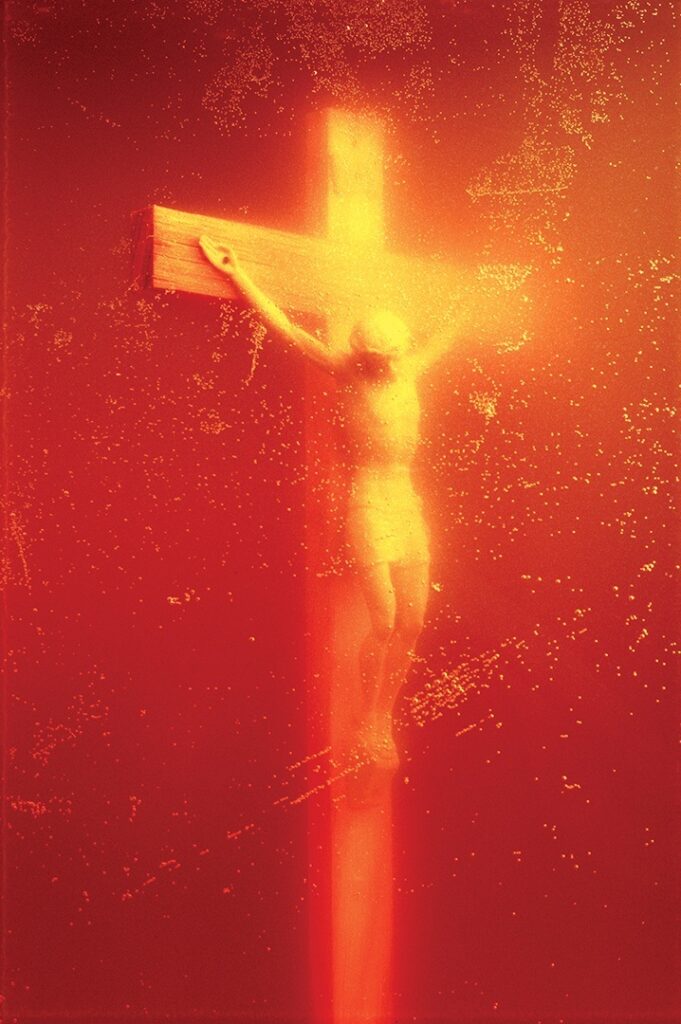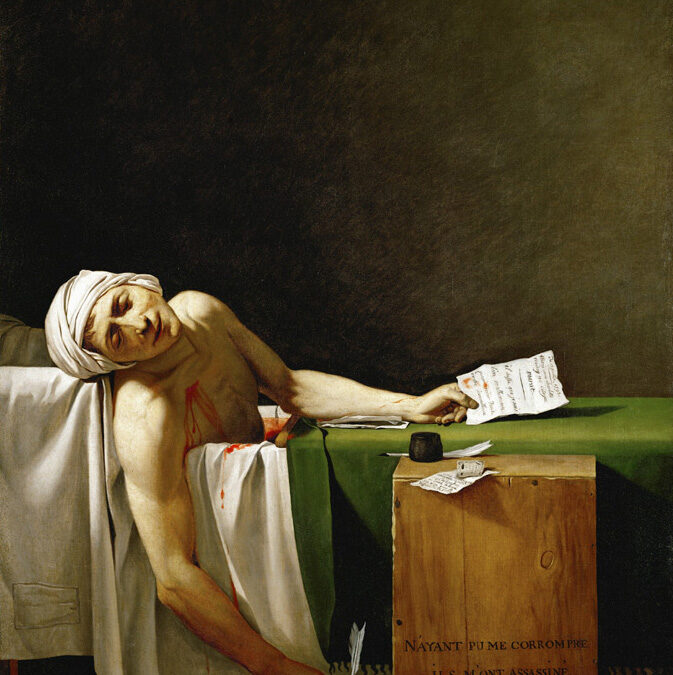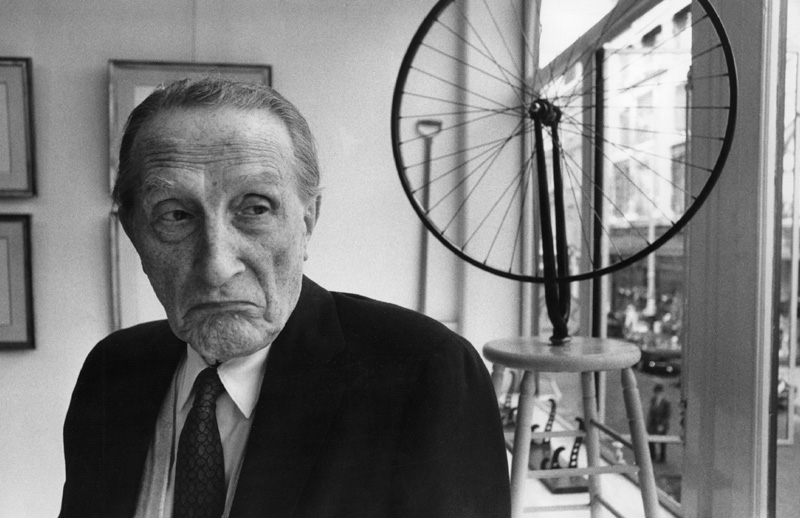Artist Background
Andres Serrano was born in New York City in 1950 to Honduran and Afro-Cuban parents. Raised in a strict Roman Catholic household, Serrano’s early exposure to religious iconography and rituals would later influence his artwork.
Serrano experimented with various artistic mediums, including painting and sculpture. He worked odd jobs to support himself while pursuing his passion for art. In the 1970s, Serrano began photographing scenes of New York City street life, capturing gritty and often taboo subjects with a raw and unflinching lens. Before his series of “Immersions” his earlier work still captured an unapologetic boldness with mixing provocative and thought provoking themes of religion, sexuality, and identity. Through his entire career he is known for pushing the social boundaries to the limits, and because of this legacy he has remained a significant figure in contemporary art.

The Creation of “Piss Christ”
In 1987, a photograph emerged that would shake all of society to its core, sparking debates about religion, art, censorship, and the limits of freedom of expression. It was so deeply offensive that it fanned the flames to a social divide between liberal and conservative ideologies in the 1980s through 1990s, often referred to as the culture wars. “Piss Christ,” created by artist Andres Serrano, depicted a small plastic crucifix submerged in a glass of the artist’s urine.

Andres Serrano
With its use of perspective, the closeup nature of the cross makes it appear large in scale, mirroring the grandness of its religious significance. The warm glow of red and yellow tones of the photograph creates a soft and almost nostalgic undertone. Without knowing what the fluid is one would almost feel that there is something romantic and comforting about the sunset color palette. This duality juxtapose one another and creates a tension between the initial connotations with a more sinister and disturbing undertone.
At the heart of the controversy lay deeply held religious beliefs and sensitivities. For many Christians, the crucifix is a sacred symbol representing the ultimate sacrifice of Jesus Christ. Seeing it submerged in urine was nothing short of sacrilege, sparking outrage and condemnation from conservative and religious groups. To them, “Piss Christ” was not protected by the freedom of artistic expression but instead was outright blasphemy, an affront to their faith that demanded retribution.
Censorship
The controversy surrounding “Piss Christ” extended far beyond matters of religious offense. The work sparked conversation of the competing notions between artistic freedom and censorship. Defenders of the artwork argued passionately for the artist’s right to provoke and challenge societal norms, insisting that art should push boundaries and provoke thought, even if it discomforts or offends. Many publications have had troubling internal decisions to make when it came to the piece.
Galleries hosting the artwork were vandalized, and protests erupted at exhibitions. Yet, each attempt to suppress the artwork only served to amplify its message and fuel the controversy further, highlighting the complexities of navigating the intersection of art and religion.

The Associated Press has removed an image of Andres Serrano’s 1987 photograph “Piss Christ” from its image library following Wednesday’s attack against the French satirical magazine Charlie Hebdo.
“It’s been our policy for years that we refrain from moving deliberately provocative images. It is fair to say we have revised and reviewed our policies since 1989,” AP spokesperson Erin Madigan told POLITICO, referring to the year the AP first posted the photograph.
Politico
Artistic expression is essential for the vitality of society, serving as a powerful tool for self-expression, cultural reflection, and social commentary. It enables artists to explore diverse perspectives, challenge conventions, and provoke thought, fostering dialogue and understanding among individuals and communities.
Censorship, on the other hand, stifles creativity and restricts the free exchange of ideas. It limits the ability of artists to tackle controversial or sensitive subjects, inhibiting the exploration of complex issues and impeding progress and growth.
In a democratic society, the protection of artistic freedom is paramount. While some artworks may spark controversy or discomfort, they also serve as catalysts for introspection, sparking important conversations about values, beliefs, and the human experience.
By upholding the principles of artistic expression and resisting censorship, we not only safeguard individual liberties but also enrich our collective cultural landscape, fostering a more vibrant, inclusive, and dynamic society.
The Government Money Issue
The controversy also intersected with political discourse, particularly in the United States, where “Piss Christ” was partially funded by the National Endowment for the Arts (NEA). Critics of government funding for the arts seized upon the controversy as evidence of taxpayer money being squandered on offensive and inappropriate works. This political dimension further fueled the flames of the debate, drawing in voices from across the ideological spectrum.
Within the art world itself, “Piss Christ” prompted introspection and debate about the nature of contemporary art. Some hailed it as a powerful commentary on the commercialization and commodification of religious symbols, praising its boldness and artistic vision. Others dismissed it as nothing more than a cheap stunt, criticizing its reliance on shock value rather than genuine artistic merit.
Thirty-seven years have passed since “Piss Christ” first ignited controversy, yet its legacy endures. It remains a touchstone in discussions about the role of art in society, the boundaries of artistic expression, and the tensions between freedom of speech and respect for religious beliefs. Love it or loathe it, “Piss Christ” stands as a testament to the power of art to provoke, challenge, and confront the deepest convictions of humanity.




